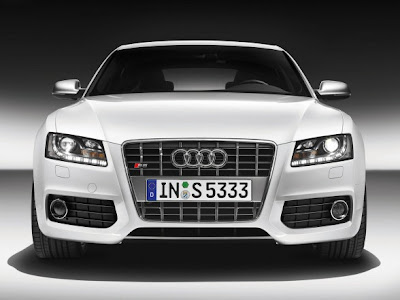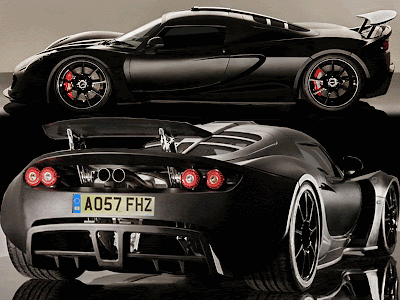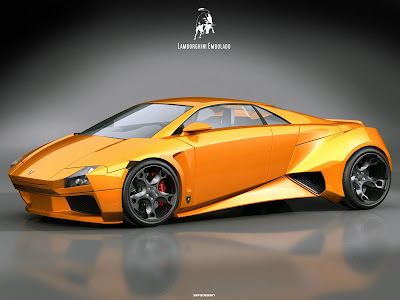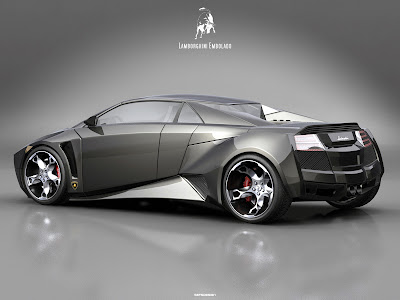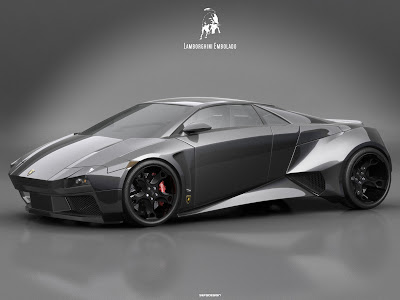
New Mégane Coupé-Cabriolet completes the renewal style of the New Mégane family which is built on the strengths that forged the success of its predecessor. Its new appearance is supported by the large folding glass roof, high-gloss finish, black glass roof contrasts with the satin-effect chrome windscreen frame exterior, and the dark red taillights featuring a linear lighting pattern and LED brake lights to provide a distinctive rear lighting character.
With it’s new style, New Mégane Coupé-Cabriolet goes further by offering customers with unruffled open-top motoring supported by the forward position of the windscreen and a fixed glass, outstanding handling performance with a stiffer chassis and a new electric power steering system, and a broad choice of efficient and eco-friendly powertrains including the all-new automatic EDC (Efficient Dual Clutch) transmission.Source URL: https://carneeew.blogspot.com/2010/03/
Visit Car New for Daily Updated Hairstyles Collection
























